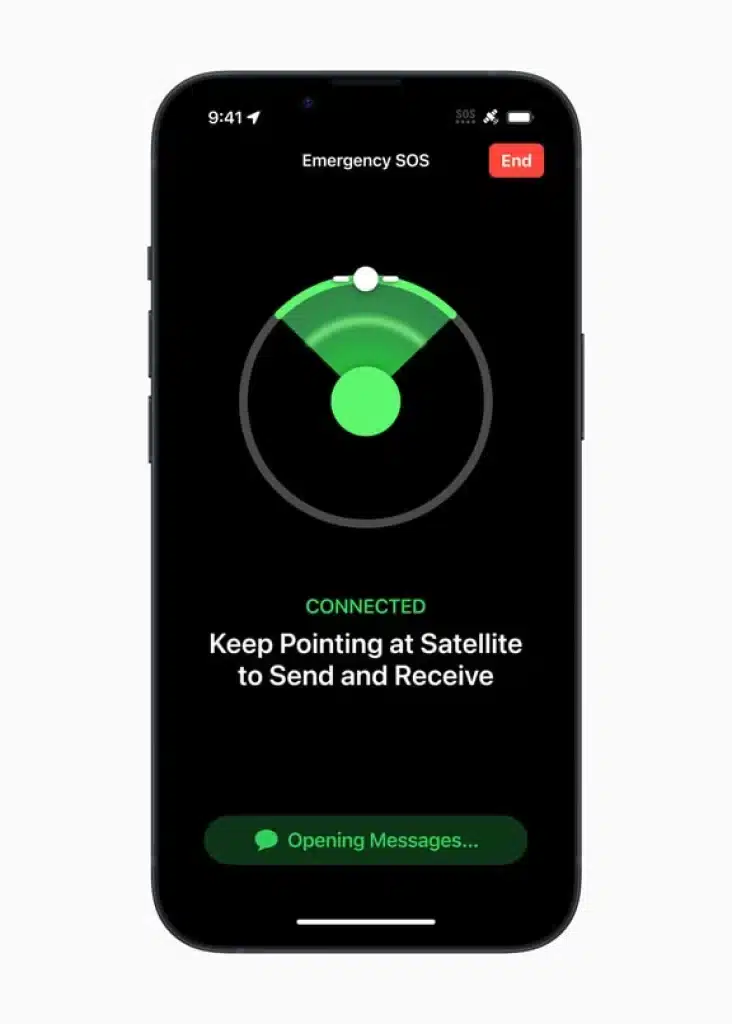On May 15th, Gizcoupon reported that Apple has officially announced the launch of satellite communication capabilities for iPhone 14, iPhone 14 Plus, iPhone 14 Pro, and iPhone 14 Pro Max in Australia and New Zealand.
Exploring the satellite connectivity feature of the iPhone 14
Currently, Apple’s satellite communication feature is available in Austria, Belgium, Canada, France, Germany, Ireland, Italy, Luxembourg, the Netherlands, Portugal, the United Kingdom, and the United States, in addition to Australia and New Zealand. These countries and regions can now utilize satellite technology for emergency assistance and location tracking. It’s important to note that iOS 16.4 or later versions are required to access these satellite-based emergency services.

When cellular or Wi-Fi signals are unavailable, users can rely on satellite connectivity to send emergency SOS messages to the respective response centers. Furthermore, they can share their location with friends and family through the “Find My” application.
Apple’s iPhone 14 automatically activates satellite functionality when disconnected from cellular and Wi-Fi networks. However, establishing a satellite connection generally necessitates an unobstructed view of the sky, and iOS will guide users to orient their phones toward the specific direction of the overhead satellites.
At present, data transmission speeds for satellite communication on mobile devices are relatively slow, limiting the length of messages that iPhones can send.
If required, emergency service providers can reply and engage in two-way communication.
When nearby emergency response centers support text-based satellite communication, your emergency SOS signal will directly connect to that channel. Otherwise, Apple’s relay center personnel will forward the received emergency messages to the appropriate emergency services, ensuring timely assistance.
It’s worth noting that Apple currently offers two years of free satellite communication services, starting from device activation or from the availability of services in specific regions (whichever is later). However, Apple has not disclosed the post-trial pricing details after the two-year free period ends.